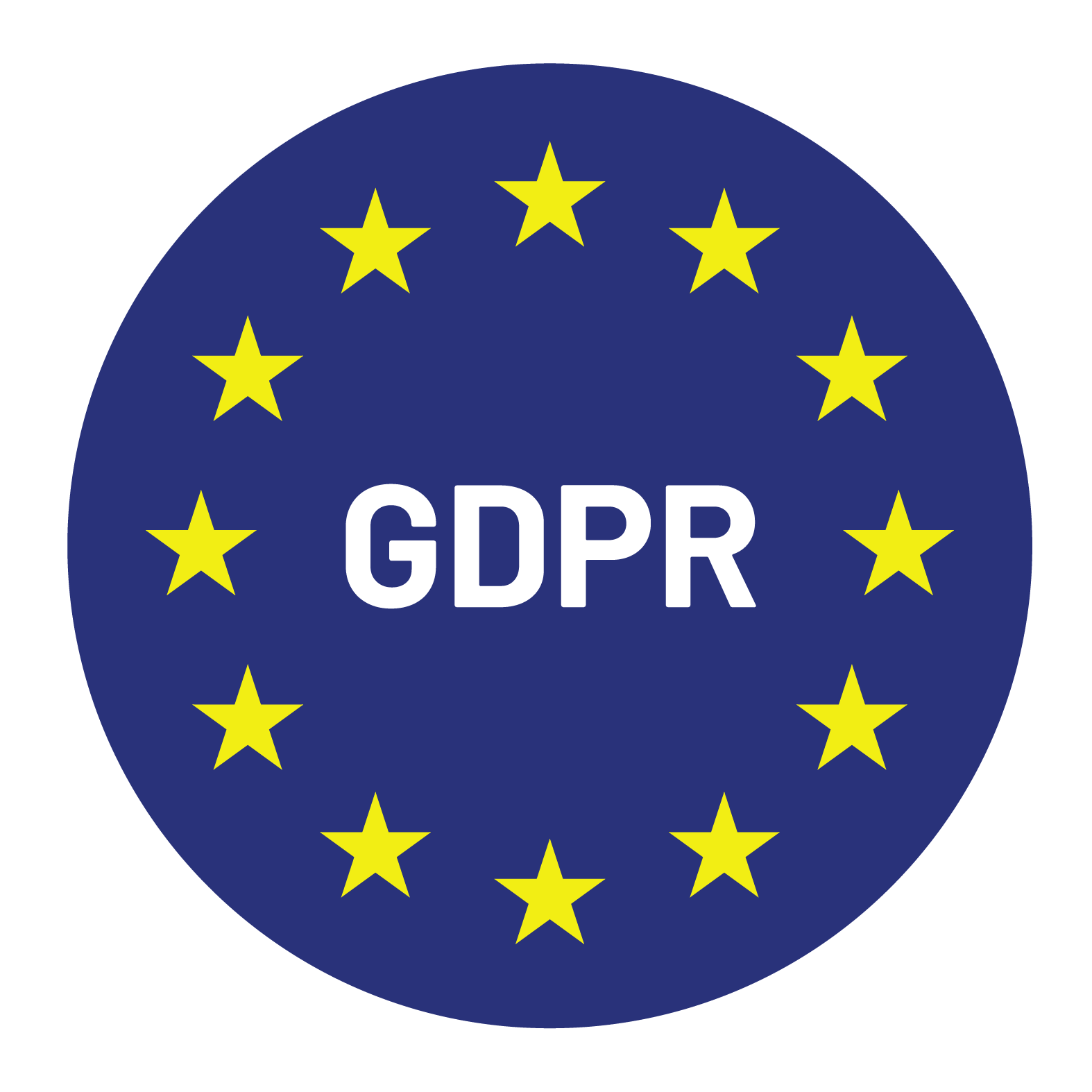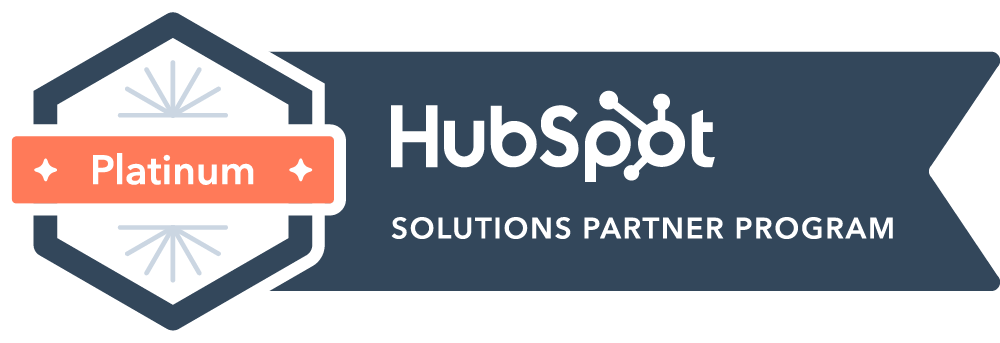Struggling with endless cold calls and impersonal emails? What if we told you there was a way you could close deals with your ideal clients, the ones you truly want to work with, through genuine connections?
LinkedIn, your professional network, holds this power. And LinkedIn Sales Navigator can unlock its full potential, turning it into a lead generation force. This guide equips you with the knowledge and strategies to master social selling on LinkedIn, transforming it into your go-to tool for closing deals the right way.
Understanding Your Target Audience
Identifying Potential Customers:
- Develop buyer personas: Identify potential customers by creating detailed buyer personas based on demographics, interests, and buying behaviors of your ideal customer. This allows you to tailor your messaging and approach for deeper engagement.
- Research online activity: Research your market to determine where your target audience spends their time online, and focus your efforts on those platforms. Use LinkedIn’s search tools like Boolean operators to pinpoint posts discussing problems you solve and connect with people engaging with them.
Researching Social Media Platforms Where Potential Customers Are Active
Begin by pinpointing the social media hotspots where your target customers congregate. Dive into the data—demographics, professional arenas, and interests—to determine their favorite online gathering places. LinkedIn, with its industry-specific groups and job title networks, is often the sweet spot for engagement. Make the most of LinkedIn’s savvy search features to hone in on potential customers by filtering through job titles, locations, and industries, paving the way for a targeted and effective social selling strategy.
Building Your Sales Team for Social Selling
Hiring Sales Reps:
- Qualifications and experience: Look for candidates with strong communication, interpersonal, and research skills relevant to your industry. Prioritize experience in B2B sales, social media marketing, and content creation.
- Responsibilities: Responsibilities include prospecting for leads on LinkedIn, building relationships with potential customers, sharing valuable content, and generating qualified leads.
- Company culture and training: Highlight your company culture and the training programs available to new hires, including social selling strategies and LinkedIn Sales Navigator proficiency.
Training Sales Reps on Social Selling
Social selling training is a game-changer for sales teams: It goes beyond traditional sales tactics by transforming the way sales reps present their products or services. Instead of the hard sell, they learn to weave a story around their offerings, building a connection with potential customers by addressing their specific needs and problems. However, here’s the catch: not everyone is a natural at integrating social selling into their strategy. It’s not instinctive for all sales reps to navigate the social landscape effectively. That’s where standardized training sweeps in, acting as a catalyst for success. This training equips teams with the right skills to not only participate in the digital dialogue but to influence it, turning potential leads into loyal customers.
Utilizing LinkedIn Sales Navigator for Prospecting
Benefits of Using LinkedIn Sales Navigator:
- Targeted lead identification: Sales Navigator helps identify new leads based on location, industry, and company size.
- Prospect list building: Build targeted prospect lists that directly drive individual and team success, achieving your KPIs consistently.
- Premium features: Leverage premium features like advanced search filters, lead recommendations, and saved searches to streamline your prospecting efforts.
- Success stories and best practices: Explore success stories from social selling experts and learn best practices for turning LinkedIn into a lead generation machine.
Tips for Maximizing Success
- Focus on quality, not quantity: Prioritize engaging with individuals who genuinely fit your ideal customer profile. Invest your time in crafting personalized messages tailored to their needs, demonstrating a genuine understanding of their pain points.
- Master LinkedIn Sales Navigator: Dedicate time to learning the features and functionalities of Sales Navigator. Utilize its filters, alerts, and insights to stay ahead of the curve. Remember, you’re paying for a premium service – make sure you’re using it to its full potential.
- Target the right audience: Define your ideal customer profile and use Sales Navigator’s search features to find individuals who fit the bill. Avoid casting a wide net and concentrate on those most likely to benefit from your product or service.
- Showcase your expertise: Become a thought leader by sharing relevant industry content, commenting on thought-provoking posts, and demonstrating your knowledge and ability to solve your prospects’ problems.
Overcoming Common Challenges in Social Selling on LinkedIn
Embarking on your social selling journey on LinkedIn is an exciting endeavor, but like any new adventure, you might hit a few snags along the way. Don’t worry, though; these bumps in the road are just part of the learning curve.Here are some common challenges beginners face, along with solutions to help you overcome them:
Information Overload:
- Focus on quality, not quantity: Instead of trying to connect with everyone, prioritize interacting with people who truly fit your ideal customer profile. Build genuine connections instead of chasing every lead.
- Use the search filters: Sales Navigator lets you filter by industry, location, company size, and even job title. This helps you find the most relevant connections and avoid getting overwhelmed by information.
- Set boundaries and prioritize tasks: Block out specific times in your schedule for social selling activities and stick to them. This keeps you focused and prevents feeling overwhelmed.
Dealing with Rejection:
- Learn from rejection: Don’t be discouraged if you don’t get a response or receive negative feedback. Use it as an opportunity to understand what didn’t resonate and improve your approach.
- Focus on connection and value: Treat every interaction as a chance to connect and understand your prospect’s needs. Offer valuable insights and build trust, instead of solely focusing on the sale.
- Personalize your messages: Avoid generic pitches. Tailor your outreach to each individual, highlighting their specific needs and how you can help them. This shows genuine interest and increases your chances of a positive response.
Maintaining Consistency:
- Create a content calendar: Plan your content in advance to ensure a steady flow of valuable and engaging posts to share. This helps you stay consistent and keep your audience engaged.
- Schedule social selling time: Treat social selling as an important part of your routine, just like other tasks. Block out dedicated time slots to ensure consistent engagement and progress towards your goals.
- Interact with your network: Respond to comments and messages promptly, participate in relevant discussions, and share other people’s content. This shows your presence and helps you build connections.
Once you’ve established consistent engagement habits, you can build on this foundation by crafting a personalized social selling strategy. This strategy will guide your content creation and engagement efforts, ensuring they resonate with your target audience.
Creating a Social Selling Strategy
Tailored to Your Target Audience:
- Develop buyer personas: Use buyer personas based on your data to create targeted messaging and ensure authentic connections with prospects. Tailor your social selling strategy to their specific demographics, interests, and buying behaviors.
Setting Goals and KPIs
- SMART goals: Ensure your social selling strategy aligns with your company’s broader goals. Define your objectives using the SMART framework (specific, measurable, achievable, relevant, and time-bound) for clarity and to measure progress.
- Self-service metric dashboard: Provide your sales team with access to a self-service metric dashboard that offers real-time insights into their social selling performance. This empowers them to track key KPIs, refine their approach, and take ownership of their results.
Leveraging Relevant Content for Engagement
- Find and share relevant content: Stay up-to-date on industry trends by actively searching for industry-related articles.
- Company news and customer success stories: Share company news and compelling customer success stories that resonate with your target audience.
- Variety is key: Mix up your content formats to cater to different learning styles. Share a mix of blog posts, infographics, short videos, and insightful industry statistics to keep things fresh and engaging.
- Personalize your posts: Don’t just be a content curator, add your own perspective! Offer your own unique insights alongside shared content. Ask thought-provoking questions and demonstrate your ability to solve problems, cultivating meaningful conversations with your network.
Social selling on LinkedIn is an art and a science. By understanding your target audience, setting clear goals, leveraging relevant content, and making the most of LinkedIn Sales Navigator, you’ll be well on your way to turning the platform into a powerful tool for building meaningful connections and generating leads.
Looking to translate this strategy into tangible results? Whistle’s team of experts can craft a social selling strategy tailored to your business. Connect with us to learn more.



